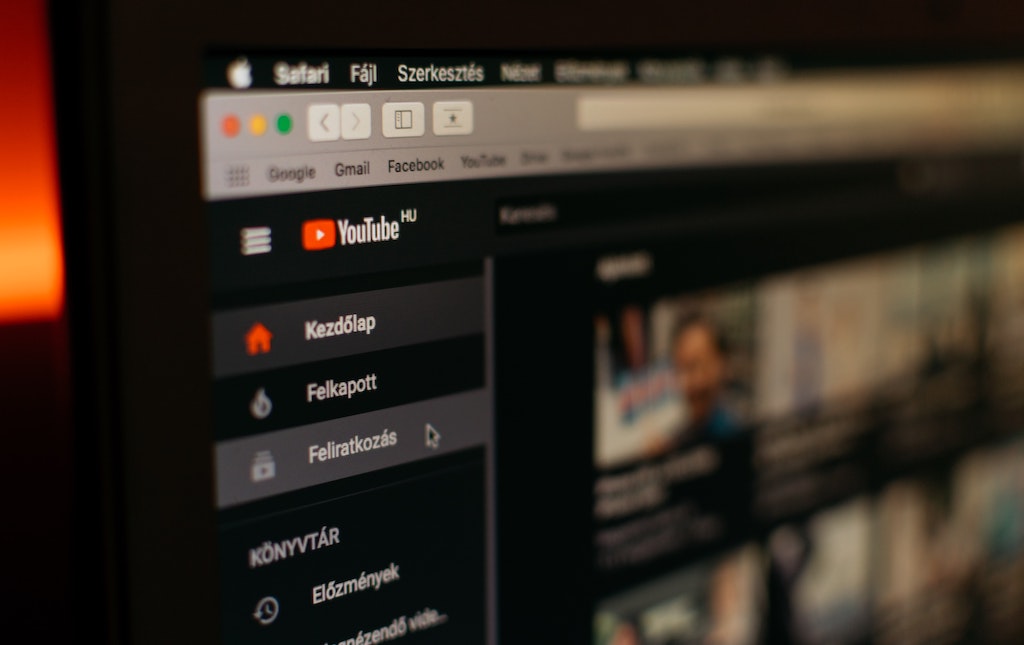As a brand owner or a professional digital marketing content creator, you know that it is important that you are visible to your audience and ideal clients on every possible platform they would be on. And one of these platforms is YouTube.
YouTube is a great place to connect with your audience and enhance their trust with your brand. Giving the exposure you and your brand need to reach a wider audience and attract them to what you offer.
You have been on YouTube for quite some time, however, you realized that growing on YouTube is really hard. Trying to get more views and more subscribers is definitely not a piece of cake. You have been applying everything that so-called experts are telling you, yet your channel still isn’t thriving. You’re confused on where to focus on in order to achieve the results you desire. Well, the thing is, maybe you haven’t had a clear grasp of how the YouTube algorithm works and have no idea how you can take advantage of it.
It’s important that you really understand the goals of the platform as this is going to help you create content that works with the algorithm instead of against it. That’s why in this blog article, we will discuss how does YouTube algorithm work, how they determine it, and how to get a lot more views and win more subscribers so that you can set your content and your channel up for success.
How Does the YouTube Algorithm Work?
It’s the million-dollar question that every brand owner and content creator on YouTube wants an answer to. YouTube is fairly transparent about the purpose of their algorithm and said that the algorithm has two simple goals: First, is to help each viewer find the videos they want to watch, and second, get viewers to keep watching more of what they like.
YouTube algorithm is specifically designed to keep people on the platform watching videos as long as possible so YouTube can run ads and make money. It is really that simple. YouTube is analyzing over 80 billion different signals from viewers each day and then analyzing how videos like yours perform with different audiences.
The YouTube algorithm is basically a real-time feedback loop that tailors videos to each viewer’s different interests. Their machine learning algorithms do its best to show the right video for the right viewer at the right time across the entire planet.
How YouTube Determines the Algorithm?
So, how do they show the right video for the right viewer at the right time across the entire planet? It’s through data. For each video, they look at things like titles, thumbnails, descriptions, and how other viewers seem to be enjoying it. But YouTube knows more than that. YouTube’s artificial intelligence begins to analyze your video at the time the upload process starts. So, while uploading, YouTube is gathering information about the video frame by frame and determining things like scene changes, objects, places, people, and even facial expressions.
After your video has been uploaded and people start to watch it, YouTube analyzes viewer signals. So are people clicking on your videos? Are they watching all the way through? After they watch one video, do they watch another one of your videos? And then also how satisfied are they with the content? They look at how much of the video they are watching, whether they are clicking like or dislike, and how many people are commenting to a specific video. And for each unique viewer, they look at things what the person has watched in the past, how much time they spend watching and what they don’t watch, are they watching all the way through, and after they watch one video, do they watch another one of your videos, and see how satisfied are they with the content.
How To Get a Lot of Views on YouTube?
You might be asking, “How can I get the algorithm to like my video and get a lot of views then?”
Well, YouTube systems have no opinion about what type of video you make and don’t favor any particular format. But if you ask, one thing we can say is that it’s easy and pretty simple. Get your audience to like your videos. That’s because the algorithm follows the audience.
Rather than worrying about what the algorithm “likes” and “views”, it’s better to shift your focus on what your audience actually likes. If you do that and people watch, the algorithm will follow and recommend them to others. So which videos do they enjoy most? How often do they like to watch your channel? You can always check your YouTube Analytics to get to know the answer to these questions. If your videos promote engagement, make the viewer happy and keep them coming back on the platform, then they will support the goals of the YouTube algorithm. However, if you consistently try to persuade viewers to visit your website outside the platform, then you’re going against the algorithm’s goals. Thus, it’s really important to remember this. Try to keep users on YouTube for as long as you can if you want to give your channel the best chance to grow.
YouTube has been optimized for clicks and views for several years. However, they discovered that it wasn’t the most reliable assessment of whether someone would truly enjoy the content or even stick around and watch the video for more than 30 seconds before leaving. Unintentionally, clickbait content was fostered by this. There were numerous deceptive titles and thumbnails with content that didn’t match what the viewer had anticipated. Regarding the recommendation of this kind of video, YouTube received numerous complaints. As a result, they enhanced the algorithm and gave watch time priority over views and clicks.
Watch time is the amount of time viewers actually spend on your videos. Data on audience responsibility and satisfaction are also included on YouTube, for them to evaluate the quality of watch time. This is an effort to maximize viewers’ enjoyment on the platform. To encourage them come back frequently while limiting the spread of harmful content and false information. They largely do this through surveys and feedback from viewers on the actual video.
Additionally, YouTube has multiple algorithms. It is a collection of many decision-making models that have been tailored for the viewer and their current viewing intent. The algorithm chooses where your videos can appear in a number of different areas. It can either be on Search results, Home page, Explore and Trending tab, in the Suggested videos tab, Subscriptions or Notifications tab. For Search, when someone searches for a video on YouTube, they are actively letting YouTube know what they want and are looking for. Then, YouTube searches for the video that has the best possibility of satisfying viewers’ search criteria and retaining their interest. According to YouTube, they don’t simply want videos with completely optimized titles and descriptions. They are also taking into account viewer signals, such as watch time for a specific query. It is extremely crucial: if YouTube suggests your videos for a particular search term and users like them, it will keep doing so. Now for Home and Suggested, YouTube is trying to identify what videos someone is most likely to watch after the video they are currently watching. This includes videos that are typically watched together, videos that have related topics, and also video based on the viewer’s watch history.
For Trending, it shows videos that have been watched by a large amount of viewers and are currently popular. And finally, Subscriptions stream shows the user all the new videos uploaded from the channels they have intentionally subscribed to. It’s also important to keep in mind that YouTube does not hate or despise small creators. Many creators with small channels feel like the algorithm is out to get them, but that’s not really it.
YouTube has more information about popular channels and videos with millions of views. However, if you produce videos that viewers watch from beginning to end and keep viewers on the platform, your channel will grow and the platform will recommend your content.
You should optimize your films for viewers the same way YouTube does. Stick to one topic per video rather than veering off into numerous topics. Be clear in your thumbnail, title, and the description about what your video is all about in order to earn your viewers trust. And of course, always try to keep people on the platform and make them come back instead of sending them away to another site.
Beat the YouTube Algorithm
Now that you finally get a clear grasp and understanding how the YouTube algorithm works, you have an increased and higher chance of beating and overcoming the challenges that come with it. Always be reminded that despite the changing ecosystem of YouTube, one thing that will remain the same over time is its goal of keeping people engaged and coming back on their platform. The same way that you want your subscribers to view and like your content. Start growing your YouTube channel and beat its algorithm now.
FAQ
How does the YouTube algorithm recommend videos?
The YouTube algorithm considers factors like watch history, search patterns, and user preferences to recommend videos. Content creators can optimize for visibility by understanding and catering to these criteria.
How does the YouTube algorithm impact search rankings?
The algorithm influences search results based on video metadata, user engagement metrics, and relevance. To improve visibility, creators should focus on creating compelling metadata and content that encourages longer viewer engagement.
What role do user interactions play in the YouTube algorithm?
User interactions, including likes, dislikes, comments, and shares, significantly influence the algorithm. Positive interactions signal value, while negative feedback can impact recommendations. Encouraging positive engagement and creating resonant content can boost a video’s performance on YouTube.


